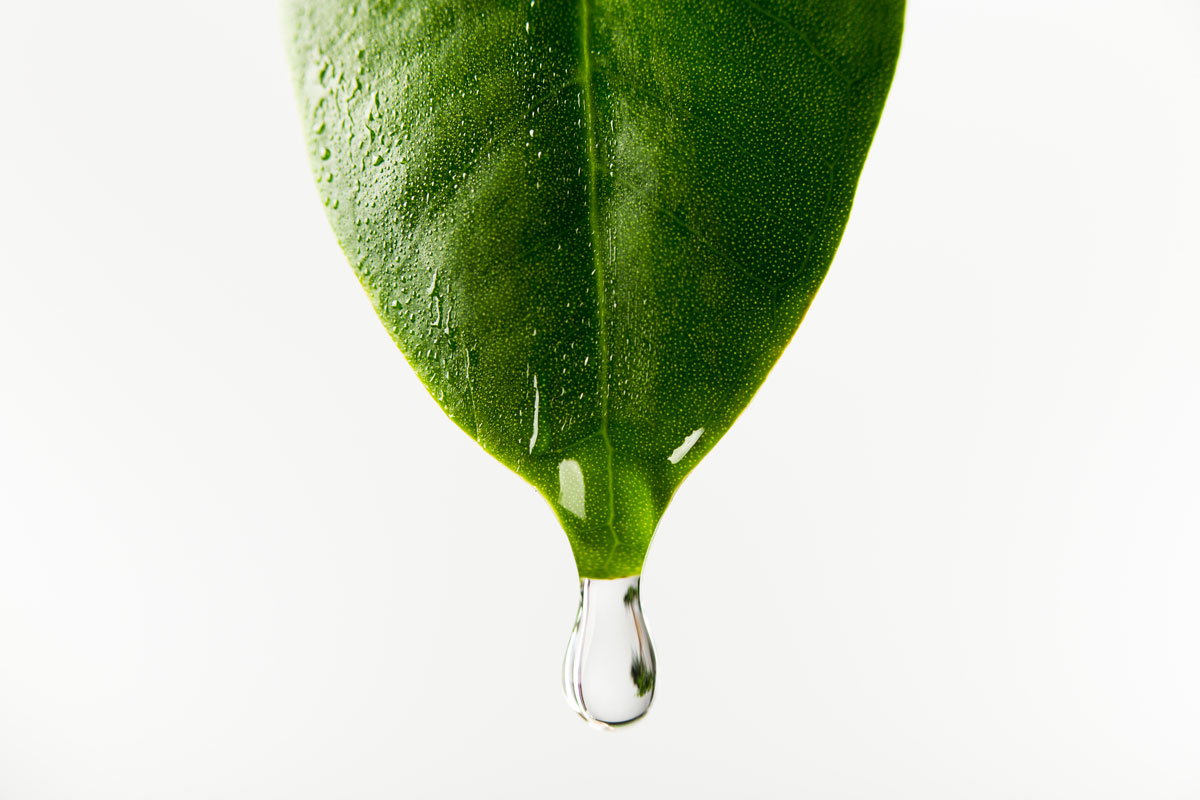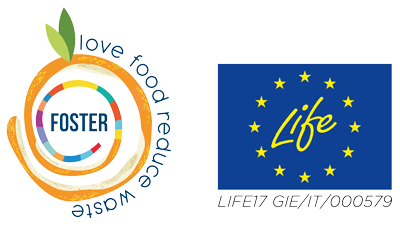Along with the various unfavorable factors food waste brings with it, the loss of food also means loss of water. According to the World Resources Institute, inside the 1.3 billion tons of food wasted every year worldwide is 45 trillion gallons of water. This represents 24% of all water used for agriculture. Agriculture is already the world’s biggest user of freshwater, since the sector accounts for 70% of all use around the world, according to the World Water Assessment Program. However, when it comes to water, not all food products are created equal. As WRI notes in its new working paper on food waste, a pound of wheat flour on average contains 12% water and 1,639 calories, whereas a pound of apples, on average, contains 81% water and 766 calories. Fruits and vegetables are the largest source of loss and waste on a weight basis — in part, because they contain more water than other foods. On the other hand, meat requires more water in its production than any other food, since animals require a large amount of feed which in turn has to be grown with water. Meat production requires between 8 and 10 times more water than grain production, according to the WWAP.
4 February 2020
Food Waste = Water Waste

Categories:
food waste

